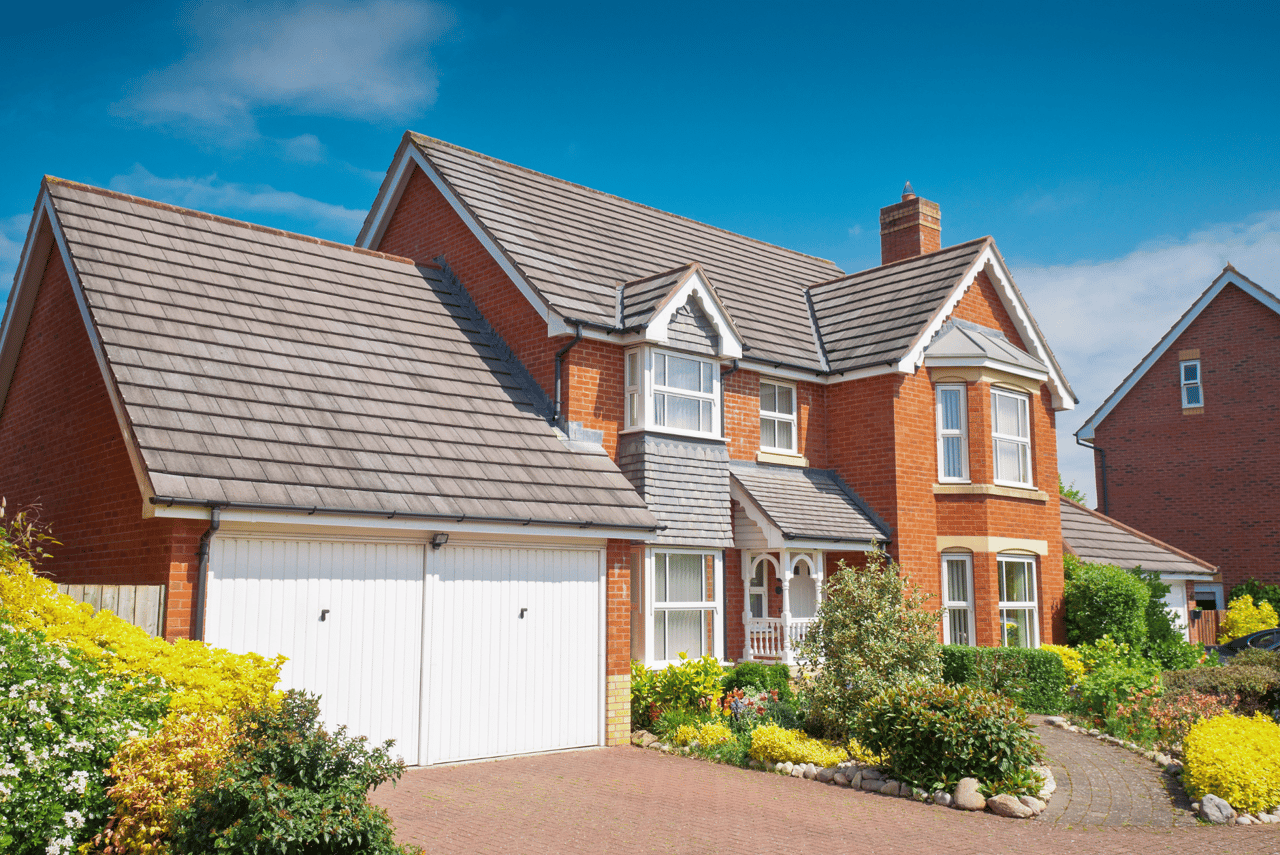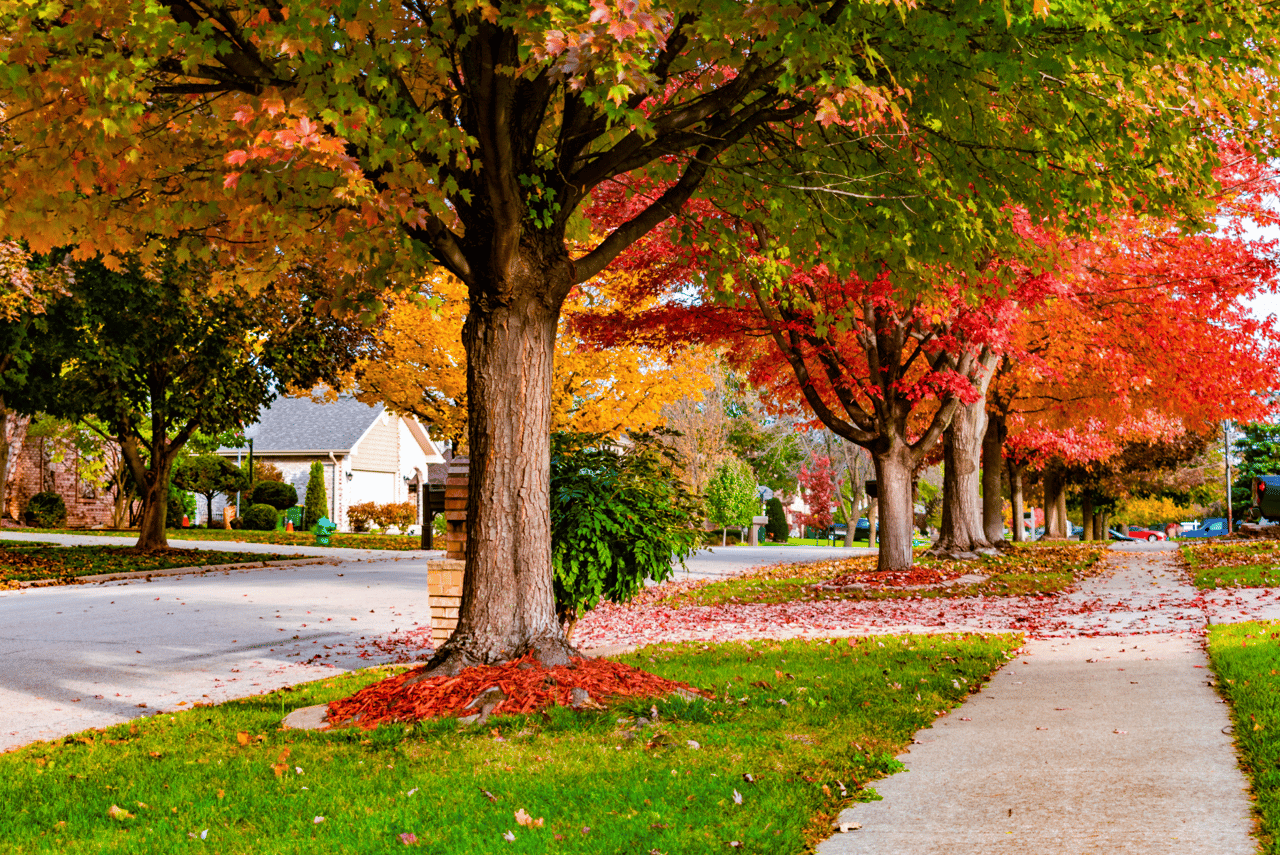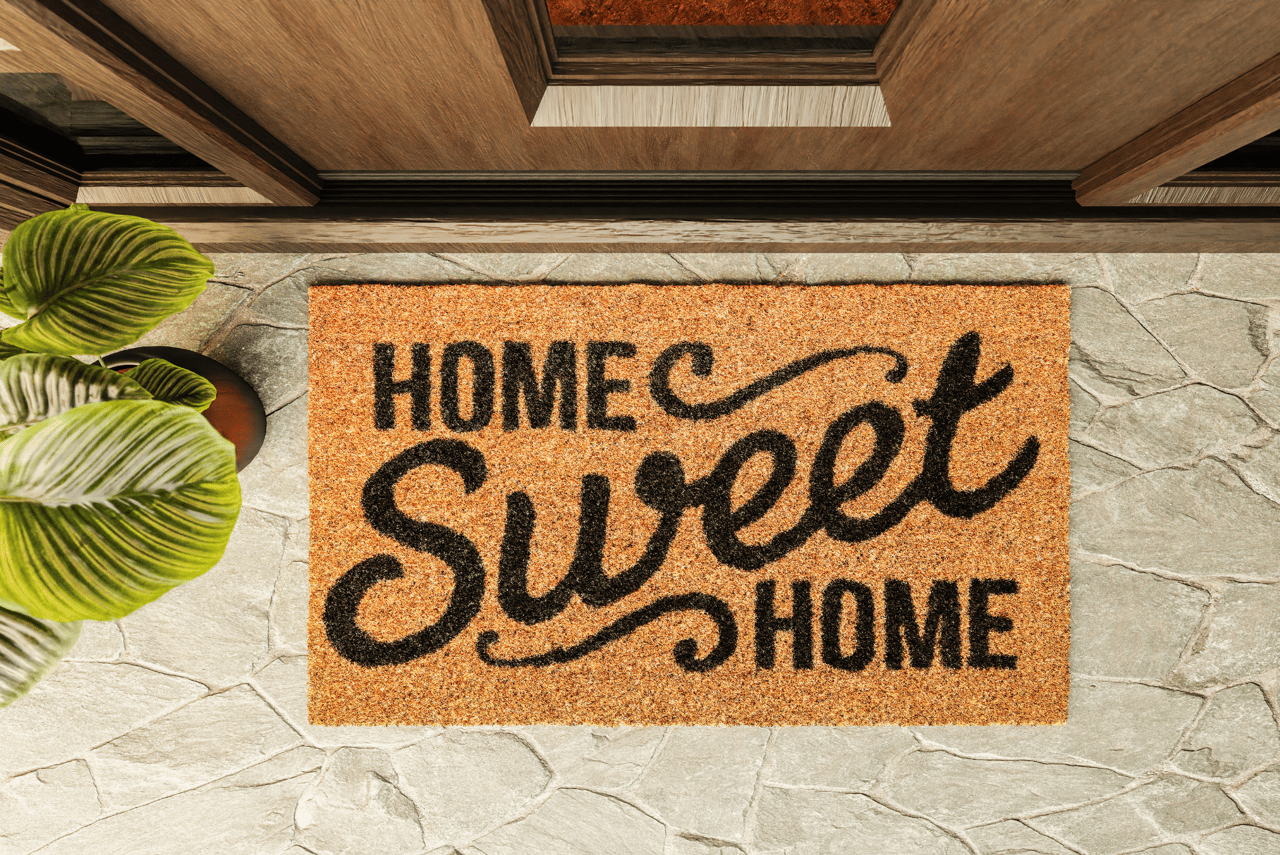Multigenerational Living
Real Estate Blog

Real Estate Blog

The rise of multigenerational households is reshaping the real estate landscape. As families seek to stay connected, share resources, and provide mutual support, the need for homes that accommodate multiple generations is more pressing than ever. Here, we explore the reasons behind this trend and offer practical advice for finding or designing properties that suit the unique needs of multigenerational living.
Multigenerational households, where two or more adult generations live under one roof, are becoming increasingly common. This shift is driven by several factors:
Economic Considerations: Sharing a home can significantly reduce living expenses, including mortgage payments, utility bills, and maintenance costs. This economic benefit is particularly appealing in times of financial uncertainty.
Aging Population: As the population ages, many families are choosing to care for elderly parents at home rather than relying on assisted living facilities. This arrangement can enhance the quality of life for seniors while strengthening family bonds.
Cultural Preferences: In many cultures, multigenerational living is a longstanding tradition. Families value the close-knit relationships and mutual support that come from living together.
Parental Support: Young adults facing economic challenges, such as student loan debt or high housing costs, may choose to live with their parents longer. Additionally, parents often appreciate the extra help with childcare from grandparents.
When searching for or designing a property to accommodate multiple generations, certain features are particularly important:
Separate Living Spaces: Privacy is crucial in multigenerational homes. Look for properties with separate living areas, such as in-law suites, finished basements, or detached guest houses. These spaces should include their own kitchens, bathrooms, and entrances if possible.
Accessible Design: Ensure the home is accessible for all family members, particularly seniors. Features like single-level living, wide doorways, walk-in showers, and minimal stairs can make a significant difference.
Flexible Floor Plans: Open and flexible floor plans allow for easy adaptation as family needs change. Consider homes with large communal areas that can be partitioned if necessary.
Multiple Bathrooms: Having enough bathrooms is essential for maintaining harmony in a multigenerational household. Ideally, each generation should have access to their own bathroom to avoid conflicts.
Outdoor Spaces: Ample outdoor space can provide a much-needed retreat and help reduce the feeling of overcrowding. Gardens, patios, and balconies offer areas for relaxation and privacy.
Soundproofing: Enhanced soundproofing can help maintain peace and quiet in a bustling household. Look for properties with well-insulated walls and floors, or consider adding soundproofing materials during renovations.
Work with an Experienced Real Estate Agent: Partner with a real estate agent who understands the specific needs of multigenerational families. They can help you identify properties with suitable features and negotiate favorable terms.
Consider Location: Proximity to essential services, such as healthcare facilities, schools, and public transportation, is vital. Choose a location that meets the needs of all family members.
Plan for the Future: Think long-term when selecting a property. Consider how the home will accommodate changing needs, such as additional children, aging parents, or the potential for home-based businesses.
Budget Wisely: Factor in the costs of potential renovations to make the property more suitable for multigenerational living. It’s often more cost-effective to adapt an existing home than to build new.
Inspect Thoroughly: Pay close attention to the property’s condition, particularly in areas like plumbing, electrical systems, and structural integrity. A thorough inspection can prevent costly surprises down the line.
Multigenerational living offers numerous benefits, from economic savings to strengthened family bonds. However, it requires careful planning and consideration to ensure that all family members can live comfortably and harmoniously. By focusing on properties with the right features and working with knowledgeable professionals, you can find or design a home that perfectly suits the needs of a multigenerational household.

Real Estate Blog

Real Estate Blog

Real Estate Blog

Real Estate Blog

Real Estate Blog

Real Estate Blog

Real Estate Blog

Real Estate Blog

Real Estate Blog
You’ve got questions and we can’t wait to answer them.